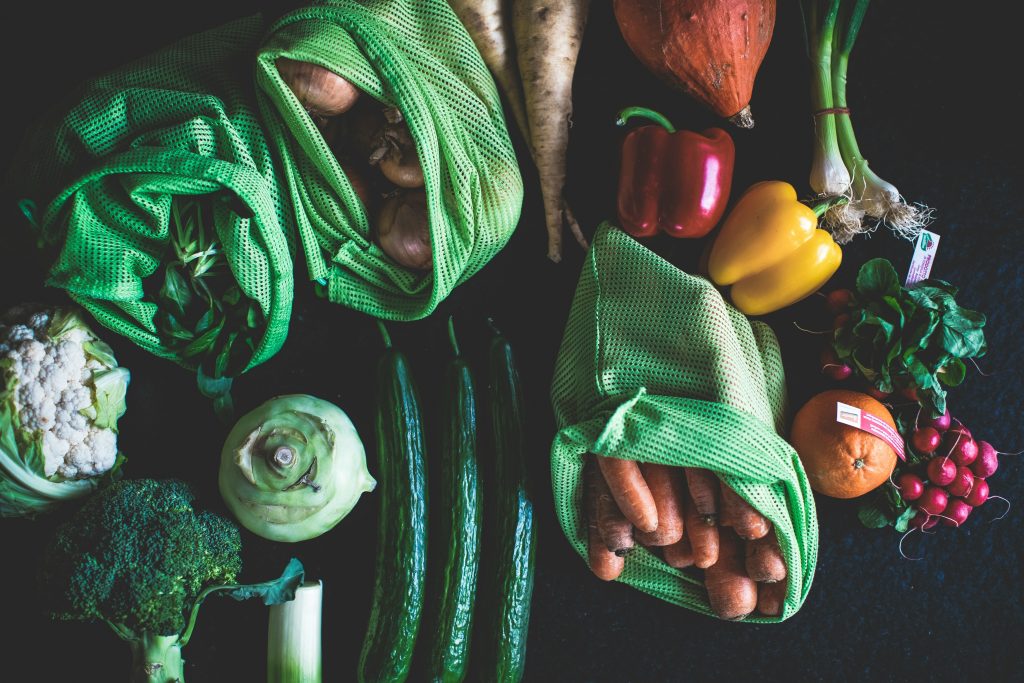
When most people think of Time Out they think of the worldwide publication that has an online or print presence in 315 cities around the world. Lists of the top things to do, reviews of the best places to eat, advice on what exhibits to see. They don’t think of a physical space where these aspects of a city come to life. That’s about to change.
In 2014, the editorial team of Time Out Lisbon had an idea. They wanted to curate a space to house some of the incredible concepts that were mentioned in the pages of the magazine, both culinary and cultural. It was a right place and right time situation. An incredible 75,000 sq ft space became available in town and Time Out decided to invest. Soon after its market division was born.
In February 2016, Didier Souillat joined the team as the CEO of Time Out Market, focused on global expansion. The Lisbon market had quickly become one of the number one tourist attractions in the city and the company knew it was time to grow internationally.
Souillat was no stranger to large hospitality groups. Prior to joining Time Out, he served as executive vice president of the Hakkasan brand, where he oversaw the company’s global restaurant portfolio. He also held high-level positions at both Selfridges and Harrods, overseeing their famed food halls.
Plans for the Time Out Market are aggressive. Miami opened in early May followed by Boston and New York City. Chicago and Montreal will open towards the end of 2019, Dubai in 2020, London in 2021 and Prague in 2022. “We waited quite a bit after the Lisbon market,” Souillat says. “We learnt from it and modified it and got it ready for US expansion.”
So, what does it take to turn the pages of a magazine into a full-service space that houses 18 restaurant concepts, a cultural space, demo kitchen and in some cities, a private event space? Quite a bit of work.
Space in the city
“Much of this comes down to it being in the right place at the right time,” Souillat says. The market needs to be located in a city that loves food and draws enough visitors for a tourist attraction, and of course has a presence of the editorial side of Time Out. The company doesn’t build new spaces, instead it repurposes ones that have already been a part of the city’s structure.
“All of the buildings we are going into have a strong DNA, a story to tell,” says Souillat. For instance, the Chicago market is going into a space within Fulton Market, the old meatpacking district. Although the insides were in ruins, the team was able to utilise the building’s original brick.
With markets in so many different cities that have so many different rules, permits and laws, Souillat had to rely heavily on local teams. “We are local everything,” he says. “Builders, construction, design, architects, we don’t bring anyone in from other markets.”
Time Out works with consultants in the city to help advise on food and safety laws as well. Once each market opens, it estimates they bring about 200 jobs to that city. The teams run independently in each city with Souillat’s team there to support them and provide strategic direction.
Even the feel of the design is local. The Miami market, for instance, has pink terrazzo tile, something so quintessentially Florida that would seem out of place in other cities.
Local scene
Perhaps the most important local piece is the curation of the market. This is where the teams work in tandem with the magazine editors in each city to find the chefs most representative of the food and cultural scene.
Time Out Chicago editor Morgan Olsen was involved in the curation of the Chicago market. An opportunity for her to truly see her words go from page to place.
“Our editorial team worked closely with the market team to curate a lineup of the best chefs and our favourite restaurants in Chicago,” she explains, “From there, we dined out a lot together – not a bad perk – and then we approached the chefs and restaurateurs who really hit the mark.”
The markets generally contain a mix of concepts, highlighting staple foods of that city, such as Cuban food in Miami, pizza in Chicago, seafood in Lisbon. It also has food from well-known chefs, some with Michelin stars, James Beard awards or winners of competitions like Top Chef. Some bring entirely new concepts to the market, while others open outposts of restaurants already in existence such as Clinton St. Baking Co., a pancake haven that has been established on the Lower East Side of New York since 2001.
Each vendor signs a one-year contract with the market, unlike food courts or malls that often require longer leases. This is by design, although Souillat hopes that many vendors will renew their contract. “It encourages us to keep seeing what else is out there, you can’t be stagnant for five years these days,” he explains. “We don’t want to re-curate constantly but we’re OK with a few changes each year.”
Sharing information
The market has a unique advantage that most spaces don’t have – it has its own marketing vehicle with the magazine and online presence and vice versa. In cities such as Boston where the magazine didn’t have a presence, Time Out specifically introduced the magazine around the opening of the food hall. In other cities like London, the magazine has been a go-to resource for 50 years, which builds automatic credibility around the market.
The markets all contain strategically placed details that tie it back to the magazine, for example, plaques that explain why each place was chosen for the market, a large sign with the Time Out logo hangs in each space and the china is also stamped with the Time Out logo.
Says Olsen: “It’s a new way for us to share information, whether it’s upcoming events that are listed on our website or showcasing an up-and-coming illustrator who captures Chicago through their artwork. There will be an endless dialogue between the market, the magazine and our website, allowing readers and visitors to immerse themselves in the brand.”
The challenges
Creating multiple large markets (some of them upwards of 50,000 sq ft) in such a short time span doesn’t come without problems, Souillat admits. With such an aggressive growth plan, and markets going from concept to complete build in two to three years, the team is learning as it goes.
Each market build out contains full-sized kitchens for each restaurant. These aren’t food court/stall sized kitchens. All of the kitchens and equipment must also be fitted into a building that is often older and may have more limitations than a more modern building.
“In terms of the mechanical engineering it’s a huge nightmare,” explains Souillat. “If I did one a year I would have learnt but we are doing five a year so if there is a mistake in one there will be a mistake in all… but if we learn positively, we can carry that on to other markets.”
The original set of vendors decides what they need and the kitchens are built around those concepts. In Chicago, for example, that is 18 fully kitted out kitchens. This may prove to be a bigger problem as any new concept that comes in after the original vendor will have to retrofit into that space, so if a Southern concept utilising fryers is the first one in the space, the next vendor will have to have a menu that works with the equipment already present.
Future expansion
With four markets opening in the US and one in Canada this year, one in Dubai and two in Europe in the subsequent years, it’s hard for Souillat to focus on much beyond that time frame. He has already had multiple landlords approach him in other cities but is waiting to entertain any additional locations until the five markets open later this year. However, there are no plans to stop expansion any time soon. “We would certainly consider going into Asia, our brand is very strong there. We have offices in Hong Kong and Singapore.”
With a magazine that reaches over 144 million people in 58 countries, there are no bounds for this magazine-meets-market concept.
Samantha Lande




